Access to EMTP user presentations, webinars, and slide deck presentations.
12 presentations for EMTP Simulation:
Author(s): Muhammad Humayan
Type:PDF Presentation
Downloaded: 21
Date: 2022-07-21
Author(s): Chandra Pallem
Type:Technical Presentation
Date: 2021-09-02
Abstract
We present the results from an investigation of the cause of dynamic overvoltage conditions experienced at a solar power plant, that resulted from energizing the PV solar plant 34.5 kV collection syst... see moreem feeders using a back-up diesel generator. The diesel generator unit was installed at the solar plant for emergency back-up power to the project, in case of power outage from the connecting transmission utility system.
The back-up power source was provided to allow the operation of the solar power tracking system during emergency conditions. A subsequent study was performed using EMTP software program, to investigate the cause of these dynamic overvoltage conditions at the solar power plant. A detailed transient model of the solar plant and the diesel generator were developed using EMTP.
The EMTP simulations were useful in replicating the overvoltage event measurement recordings from the site, and the simulation results from the study, concluded that the diesel generator did not have sufficient capability to pick up capacitive loads and therefore, the unit was unable to control the overvoltage conditions which led to the overvoltage event that caused equipment damage to the PV inverters and their auxiliary systems. The study evaluated various solution alternatives and mitigation strategies to reduce these dynamic overvoltages to acceptable conditions.
Tag(s): pv park, tov, diesel generator, temporary overvoltage
Author(s): Ivo Uglesic
Type:Technical Presentation
Date: 2021-09-02
Abstract
Ferroresonance is difficult to predict because its occurrence in the power system depends on several parameters, some of which are unknown (parasitic capacities). In addition, measuring electrical con... see moreditions during high voltage ferroresonance is very difficult to achieve. In order to check the possibilities of numerical calculations of ferroresonance, the ferroresonant circuit was made as a low voltage circuit in which all parameters were known.
Measurement of ferroresonant current and voltages in a single-phase low voltage circuit will be described. The system consists of an AC voltage source, a capacitor, a switch and the single-phase transformer. These electrical elements are connected in series. The magnetic flux-current points of the magnetization curve of the transformer was experimentally obtained and used in the simulation. When the switch closes, ferroresonance takes place since all conditions were met for its occurrence. The waveforms of the transformer current and the voltage at the transformer terminals were measured after switch closing.
During the ferroresonance, transformer voltage and current reach relatively high values. At the beginning of the ferroresonance (during its transient part), the voltage of the transformer reaches values that are about two times higher in amplitude than the amplitude of the AC source. The primary side of the transformer was modelled with a series connection of the ohmic resistance and leakage inductance. The core was modelled with a parallel connection of the ohmic resistance and nonlinear inductance. The ohmic resistance represents the core losses while the nonlinear inductance models the magnetizing characteristic of the transformer.
A comparison between simulated and experimentally obtained results shows that EMTP successfully simulates the ferroresonance phenomenon for this specific electrical system as simulated results are in a good agreement with the measured results.
Tag(s): ferroresonance, tov, saturation
Author(s): Neeraj Patel - Adani Power
Type:Technical Presentation
Downloaded: 3
Date: 2021-06-21
Abstract
Unsuccessful auto reclosure has been observed in 765 kV HVAC transmission lines connected with Generation Bus. Back up Impedance Protection of Line reactor triggered during AR dead time due to power f... see morerequency oscillations in faulty phase (disconnected phase). It triggered tripping of Non Switchable Line Reactor at one end, which resulted tripping of 765 kV HVAC Line and avoidable Generation loss.
These Unsuccessful AR operations triggered us to study and model entire phenomena in Power System Analysis software (EMTP).
Initially, two circuits of 765 kV Transmission Line commissioned between Generation Station and Transmission Station with Line Reactor and NGR in both line at either end. Successful auto reclosure observed during single-phase faults on these lines. Intermediate Switching station constructed and both lines were divided in 4 section as per new requirement. Same configuration (rating) of Line Reactor and NGR adopted at newly constructed station on each line. Unsuccessful AR observed during AR running cycle on these lines after new configuration. Backup Impedance protection of Line Reactor found operated during AR Dead time.
Different sets of simulations has been carried out to understand the phenomena:
- Single Phase fault and Auto reclosure in 765 kV Transmission line in different section of entire corridor with Varying Shunt compensation (Value of Line Reactor)
- Different NGR values and observations for above simulations
- Trip the Line Reactor Breaker during Auto Reclosure Phenomena to avoid operation of Backup Impedance protection and its consequences
After EMTP Simulations and study, it was concluded that:
- Line Reactor (Degree of compensation) should be adjusted with adequate value while line length altered from its original design.
- NGR re-sizing can address the issues at some extent. Suitable value of NGR (based on Line Length and amount of shunt compensation) should be employed
Appropriate Solution and mitigation suggested after detail simulation & study.
Tag(s): single pole, analysis, auto reclosure, line reactor
Author(s): Manuel Martinez - EDF
Type:Technical Presentation
Date: 2021-06-16
Abstract
In engineering studies, getting the necessary input data for performing EMTP simulations may be one of the most challenging tasks.
Indeed, the characteristics of the system under study are usual... see morely badly known for a number of reasons: sometimes they are known with some inaccuracy.
For example when parameters are associated with tolerances; sometimes, the characteristics are completely unknown, for example when the equipment is very old and the datasheets are not available, or when the study is about a future project for which many equipment characteristics are not known yet.
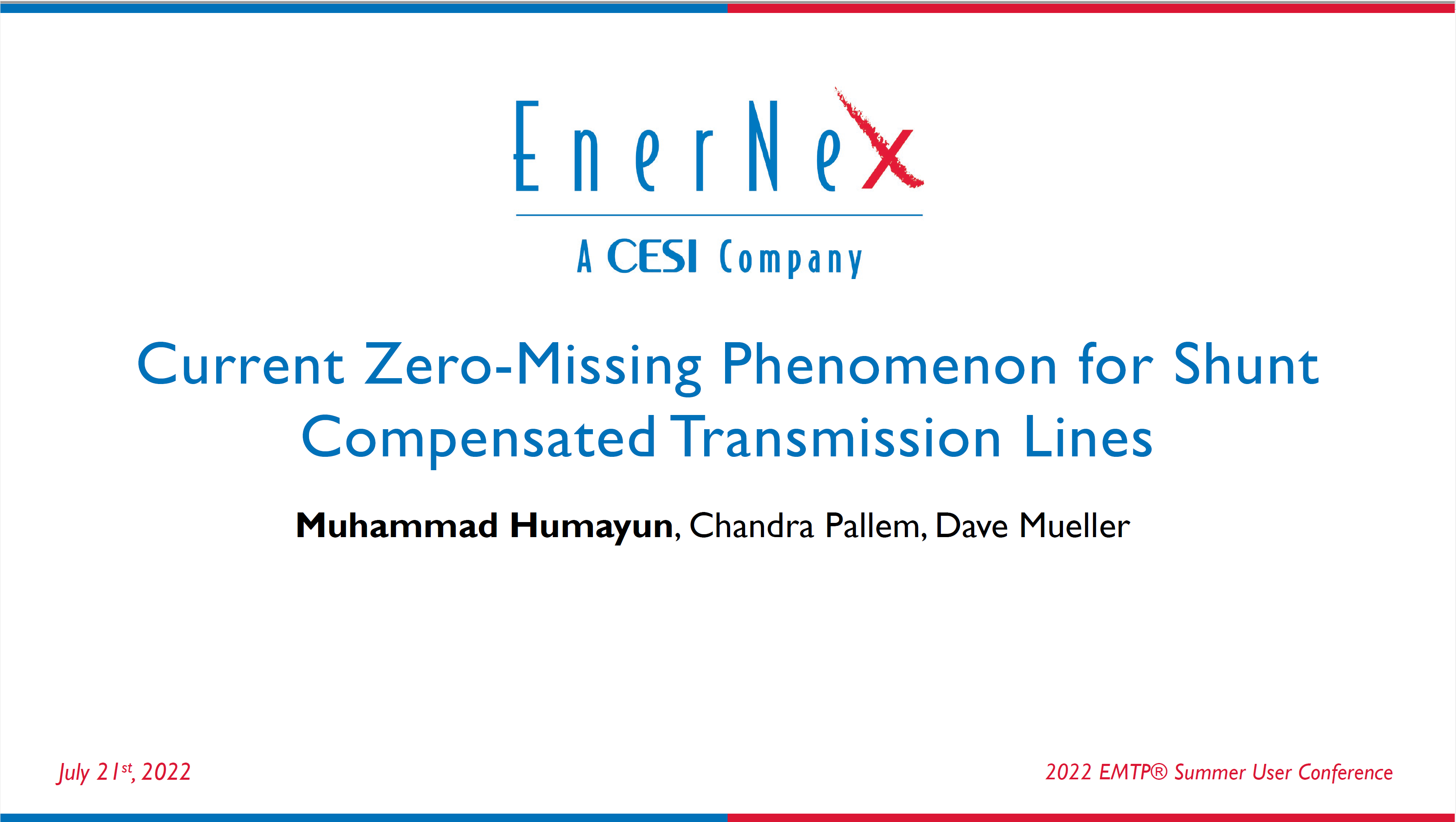

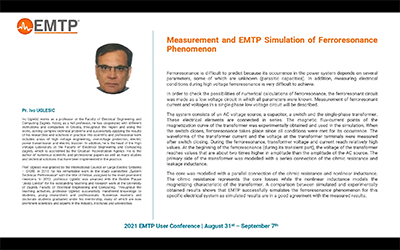



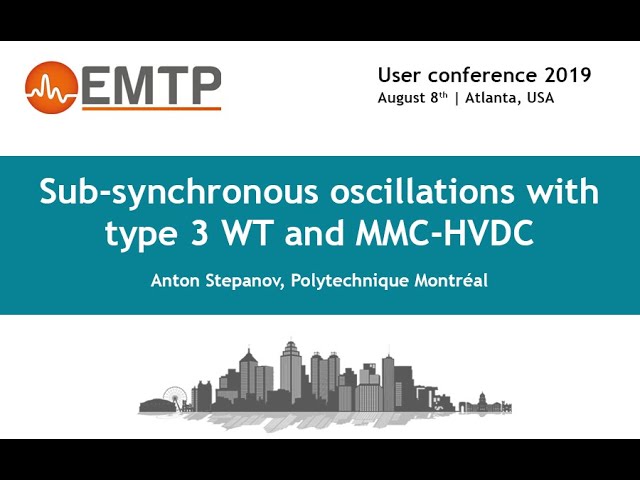
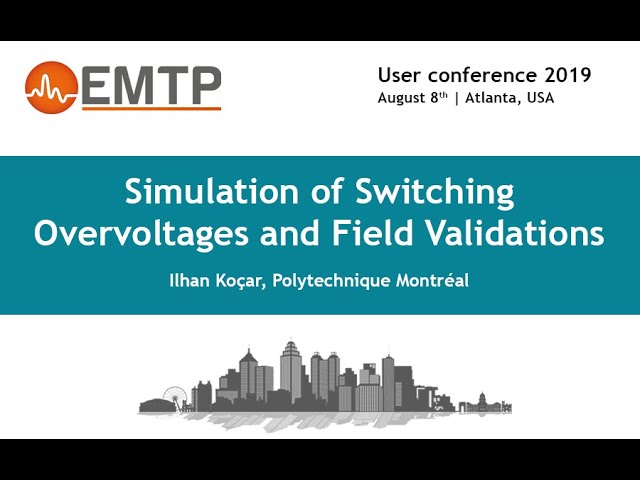
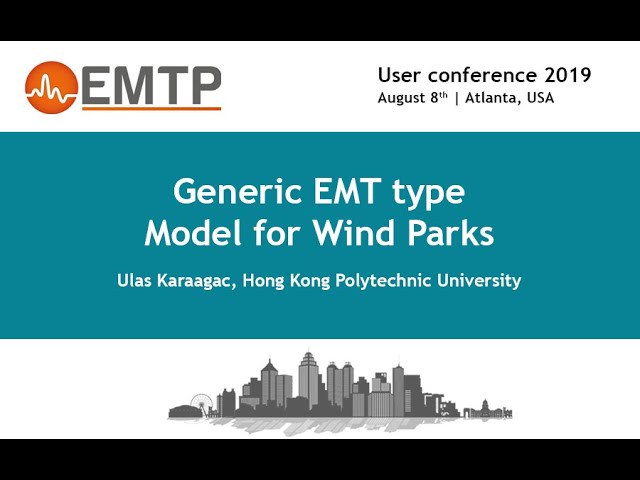
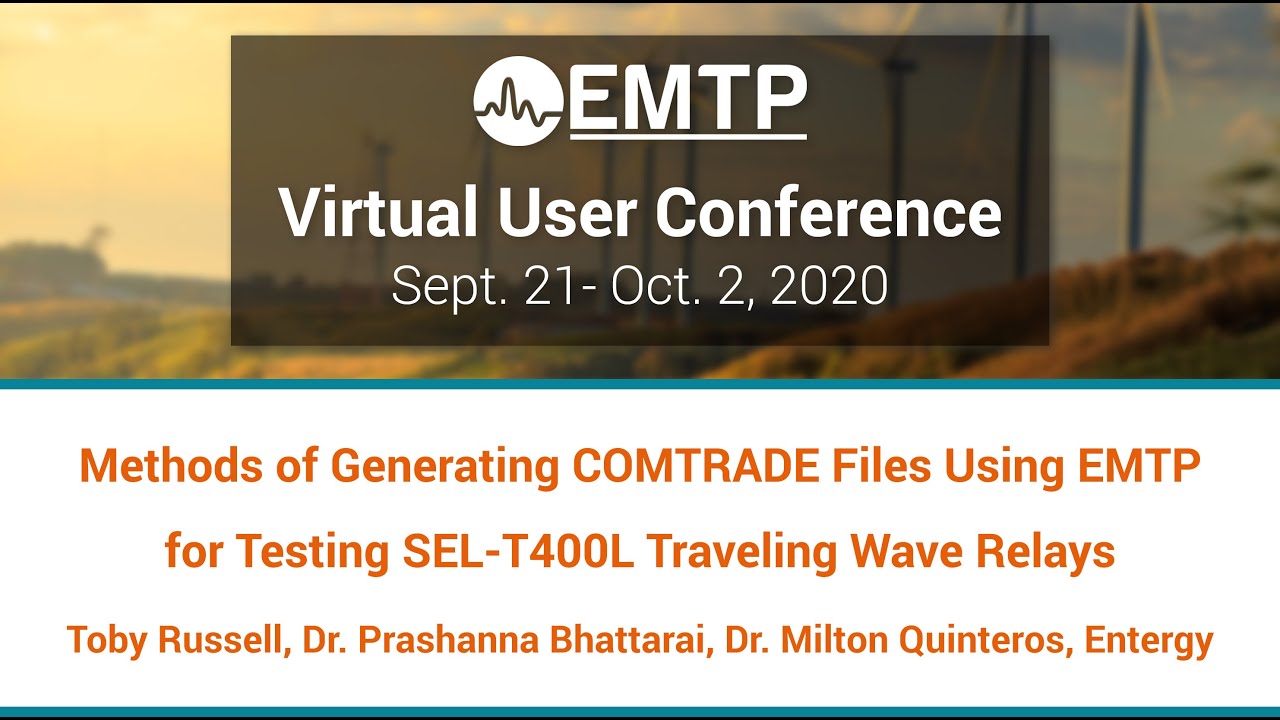
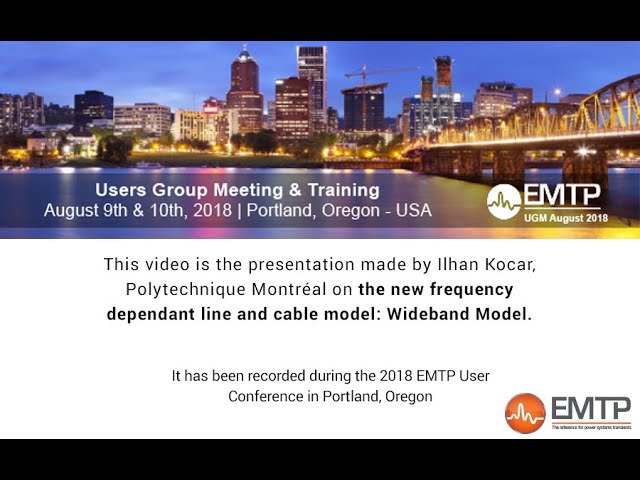
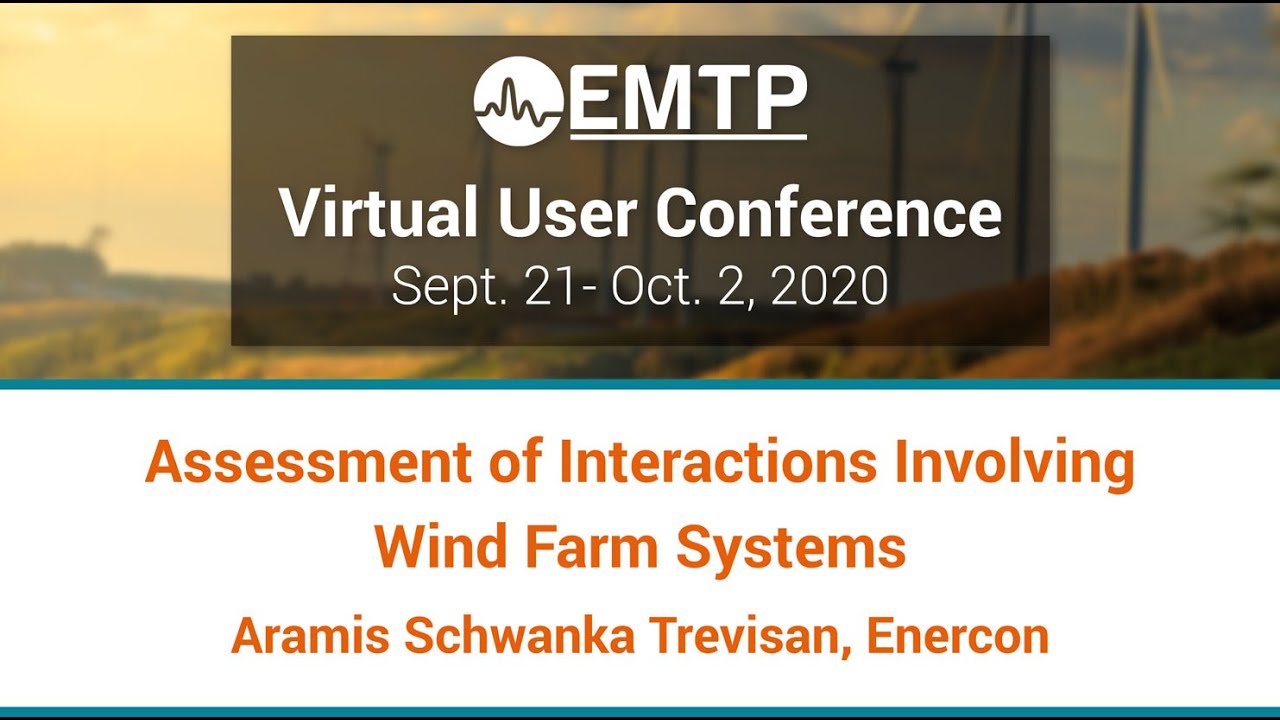

![[R&D]_EMTP : Recherche et développement [R&D]_EMTP : Recherche et développement](https://www.emtp.com/system/files/imagecache/presentation/slide1_1.jpg)
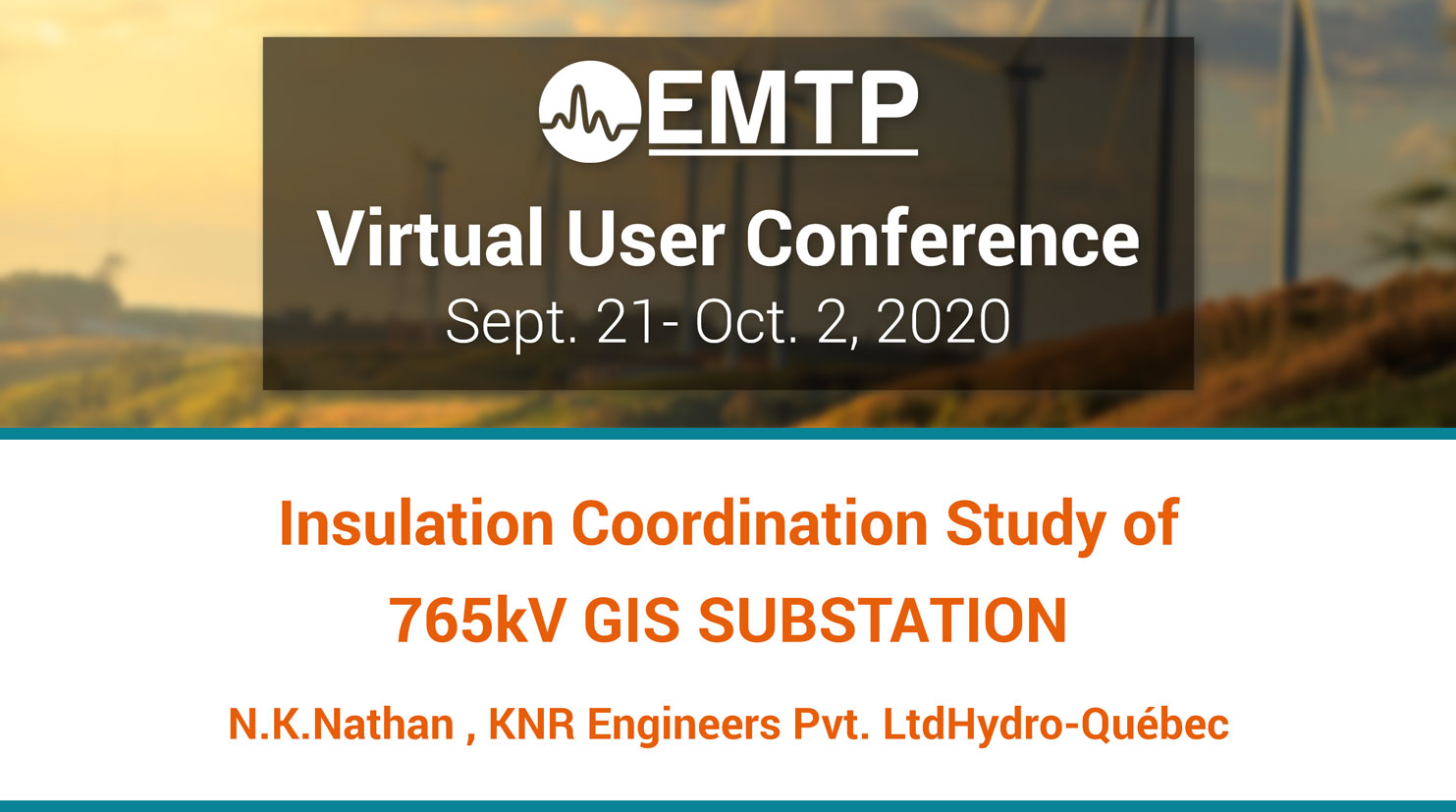
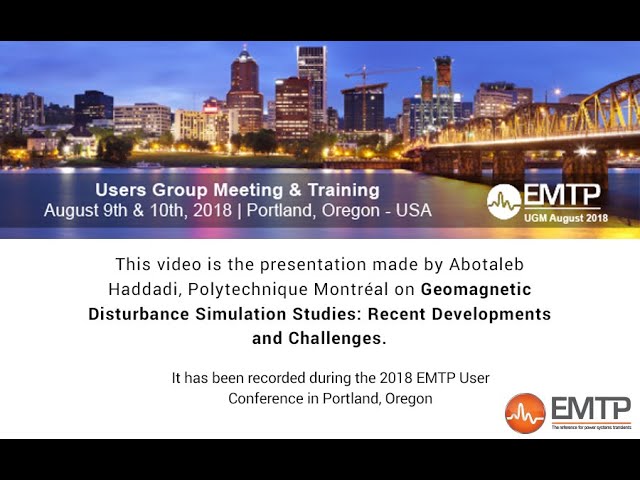
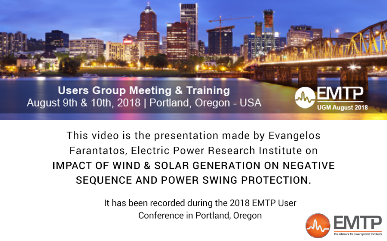
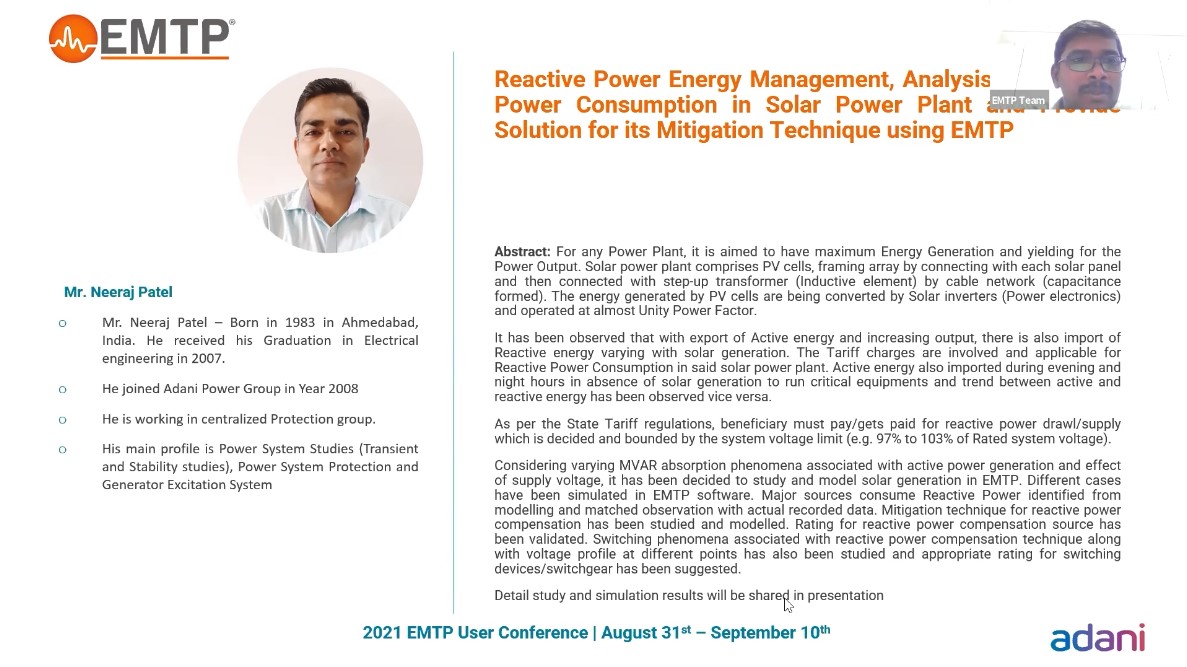
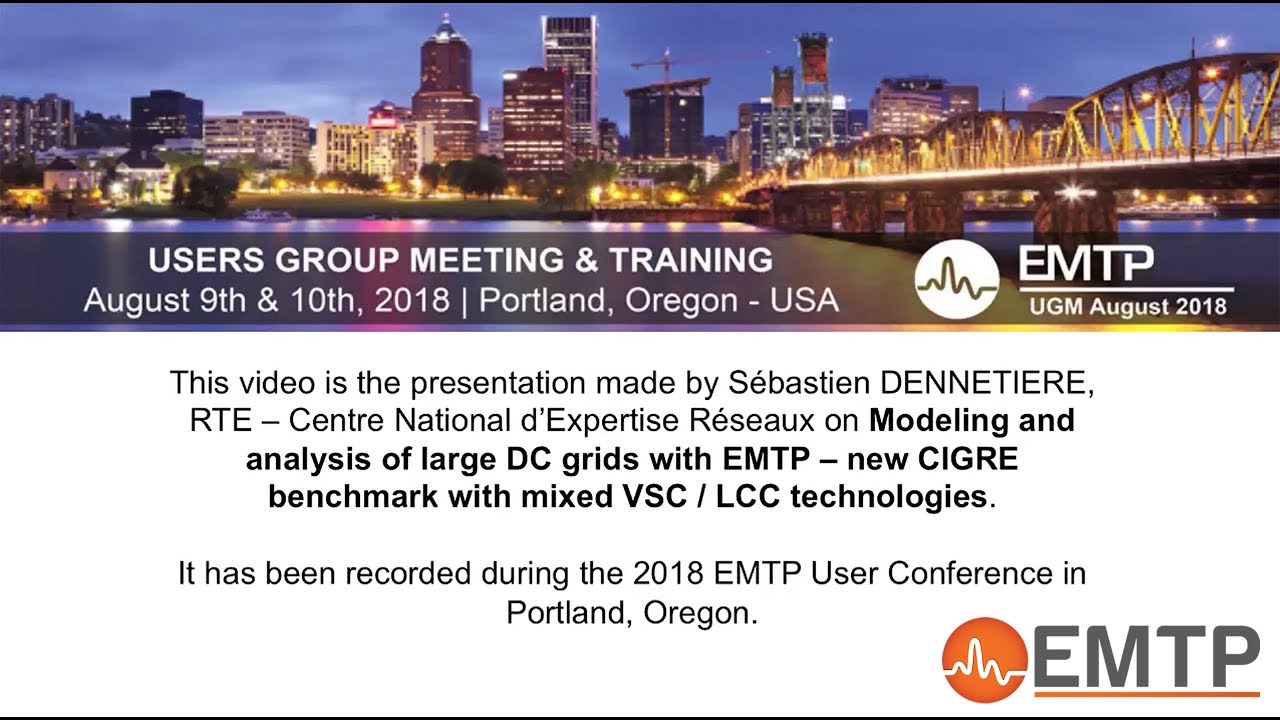
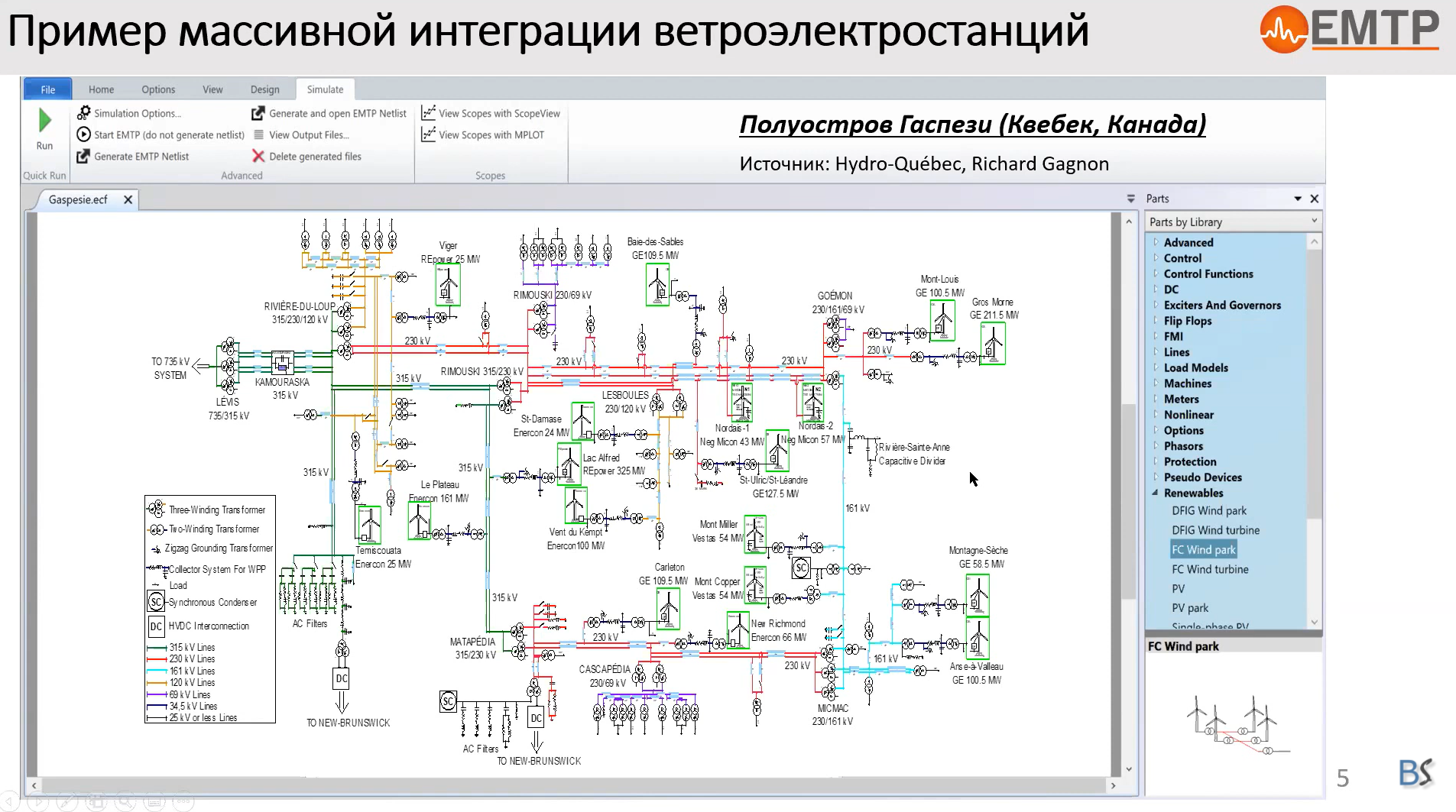
![[Protection_Devices]_Étude des courants coupés par les sectionneurs de changemen [Protection_Devices]_Étude des courants coupés par les sectionneurs de changemen](https://www.emtp.com/system/files/imagecache/presentation/TechnicalPresentation1.jpg)
